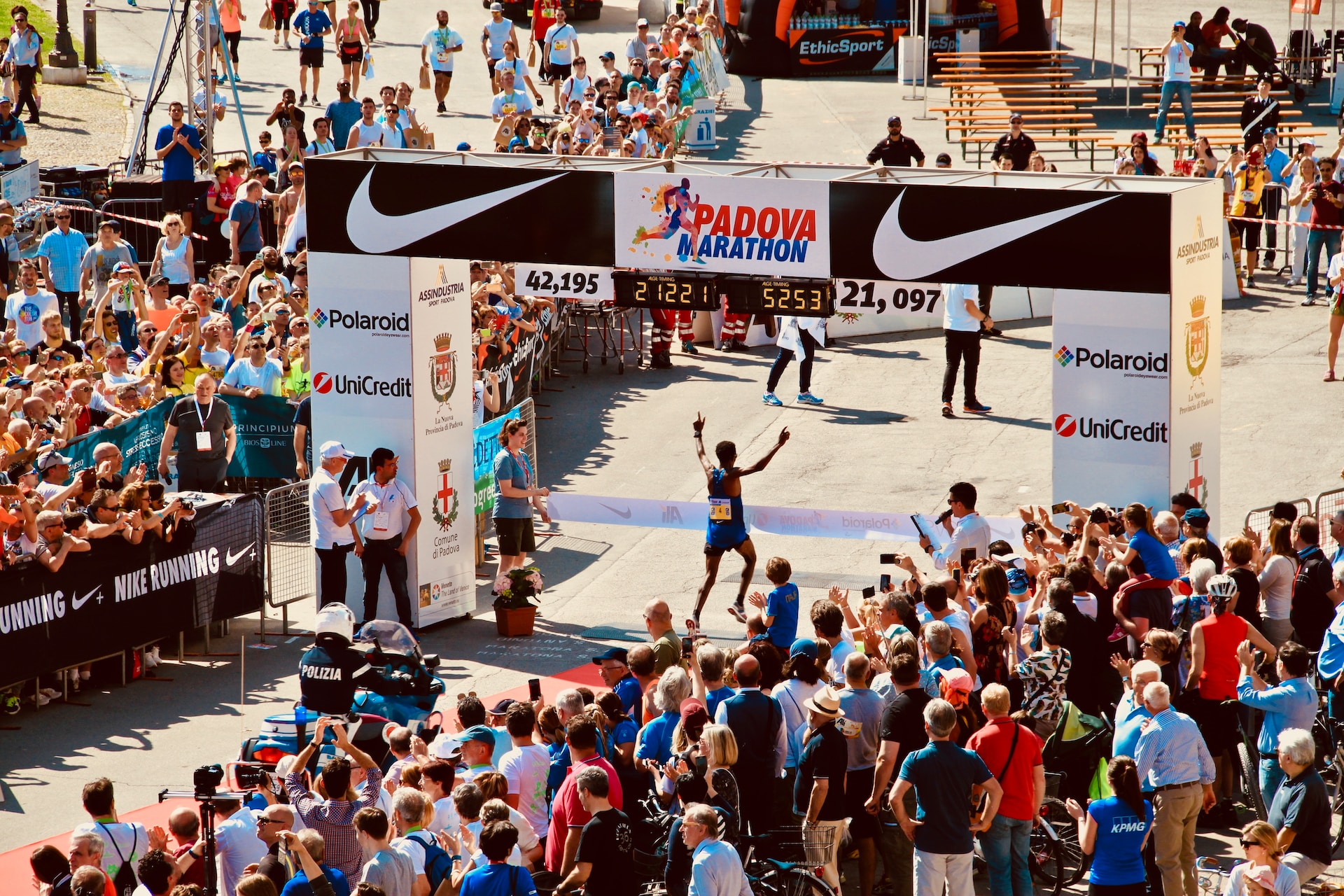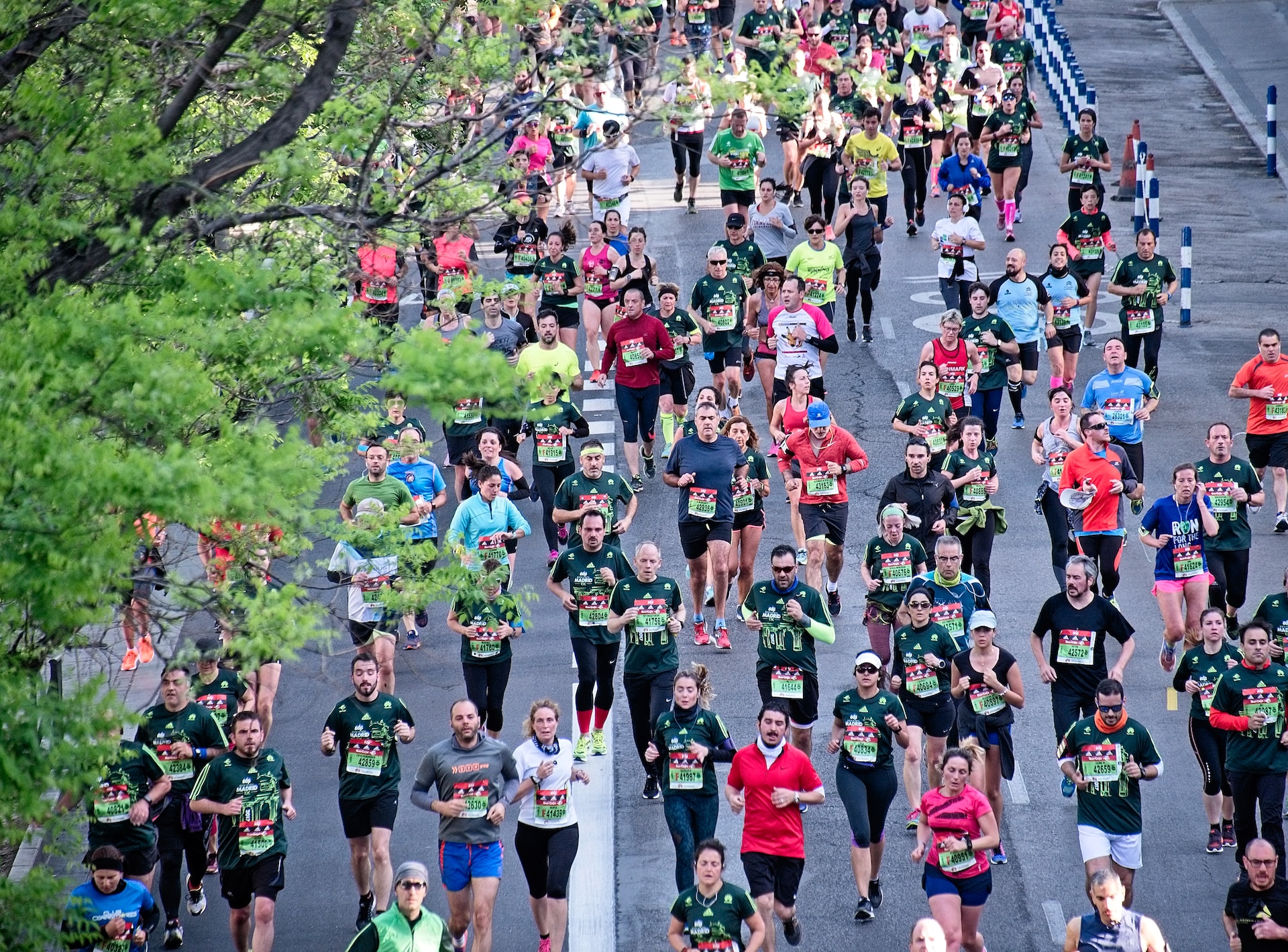Whether you're preparing for your first sprint triathlon or aiming for an Ironman podium, our platform is a hub of comprehensive training programs to support you at every stage of your journey.
We're your go-to place bridging the gap between dedicated triathlon coaches and eager athletes like you! No matter if it is your first week of training or you've already crossed the finish line before – we have something for everyone!
We're a Thriving Triathlon Community
Think of our platform as your lively hangout spot, where coaches dish out their expertise and athletes like you discover tailor-made training plans to conquer your sports goals.
We're Your Triathlon Toolbox
We can be your toolbox filled with everything you need to build your triathlon dreams.
From expert advice to tailored training plans, we've got the tools to help you craft the ultimate race-day masterpiece.

We're Your Gateway to Training Options
Unlock a world of triathlon training possibilities with us!
We are working together to break down barriers and make the pursuit of triathlon greatness achievable for everyone.
We're Your Support
Beyond training, we're here to offer encouragement and motivation every step of the way.
Discover the unique benefits of using our triathlon training platform.
Tailored to You
Say hello to training that's all about you! Here coaches craft personalized plans that fit like a glove. No cookie-cutter routines here – just workouts designed specifically for your practice level, goals, and schedule to ensure you see maximum results.
Expert Cheers
We are your support squad! Here you will find coaches who aren't just experts – they're fellow triathletes who've been in your running shoes. From stroke tweaks to bike boosts, they've got the tips and tricks to help you crush it in three triathlon disciplines.
Flexibility at Your Fingertips
Life happens, and we get it! That's why plans are as flexible as your favorite yoga pose. Whether you're an early bird or a night owl, here you can explore workouts that fit seamlessly into your busy schedule so you can train when it suits you best.
Proven Performance
Ready to join the winners' circle? Programs have a track record of success, with athletes smashing personal bests and reaching their triathlon dreams. Come join our tribe of motivated athletes and kickstart your journey to triumph today!
These custom-designed triathlon training programs cater to a diverse group of individuals.

Newbies to Triathlon Disciplines
If you're dipping your toes into the world of triathlon for the first time, choose programs that provide the perfect launchpad. These will help you build a solid fitness foundation and equip you with the knowledge you need to confidently tackle your first race.
Intermediate Adventurers
Ready to take your triathlon journey to the next level? Check out programs that are tailored for athletes looking to push their limits, smash personal records, and elevate their endurance.
Seasoned Pros
Even the most experienced triathletes can benefit from a fresh perspective! You will find training plans designed to help you hone your skills, iron out any weaknesses, and unlock your full potential as an athlete.
Goal-getters
Let us help you turn those dreams into reality! Whether you're aiming to conquer a longer distance or are getting ready for your first triathlon, find programs that are designed with your specific goals in mind.
Busy Bees
Short on time but big on goals? We've got you covered!
Elevate your triathlon performance with comprehensive triathlon training programs crafted to push your limits and achieve new milestones.
Discover the unique features you can benefit from in triathlon training programs.
Curated Marketplace
Dive into a carefully selected collection of training programs to ensure you get nothing but the best options tailored to your needs and goals.
Expert Trainers
Get to know our trainers inside out! Explore their backgrounds, certifications, and areas of expertise to make confident decisions about your training journey.
Up-to-Date Content
Stay on top of your game with our regularly updated programs. We keep things fresh, offering new workout challenges and opportunities to help you continually improve and grow.
Targeted Plans
Filter through programs based on your sprint distance, allowing you to focus your efforts on the specific run, bike ride, and swim workouts that will propel you toward success in your upcoming races.
